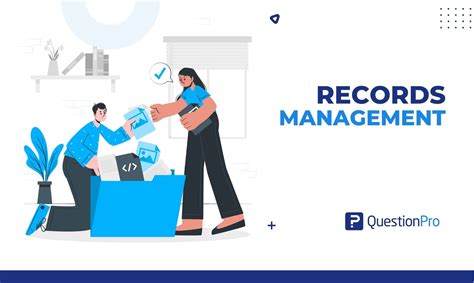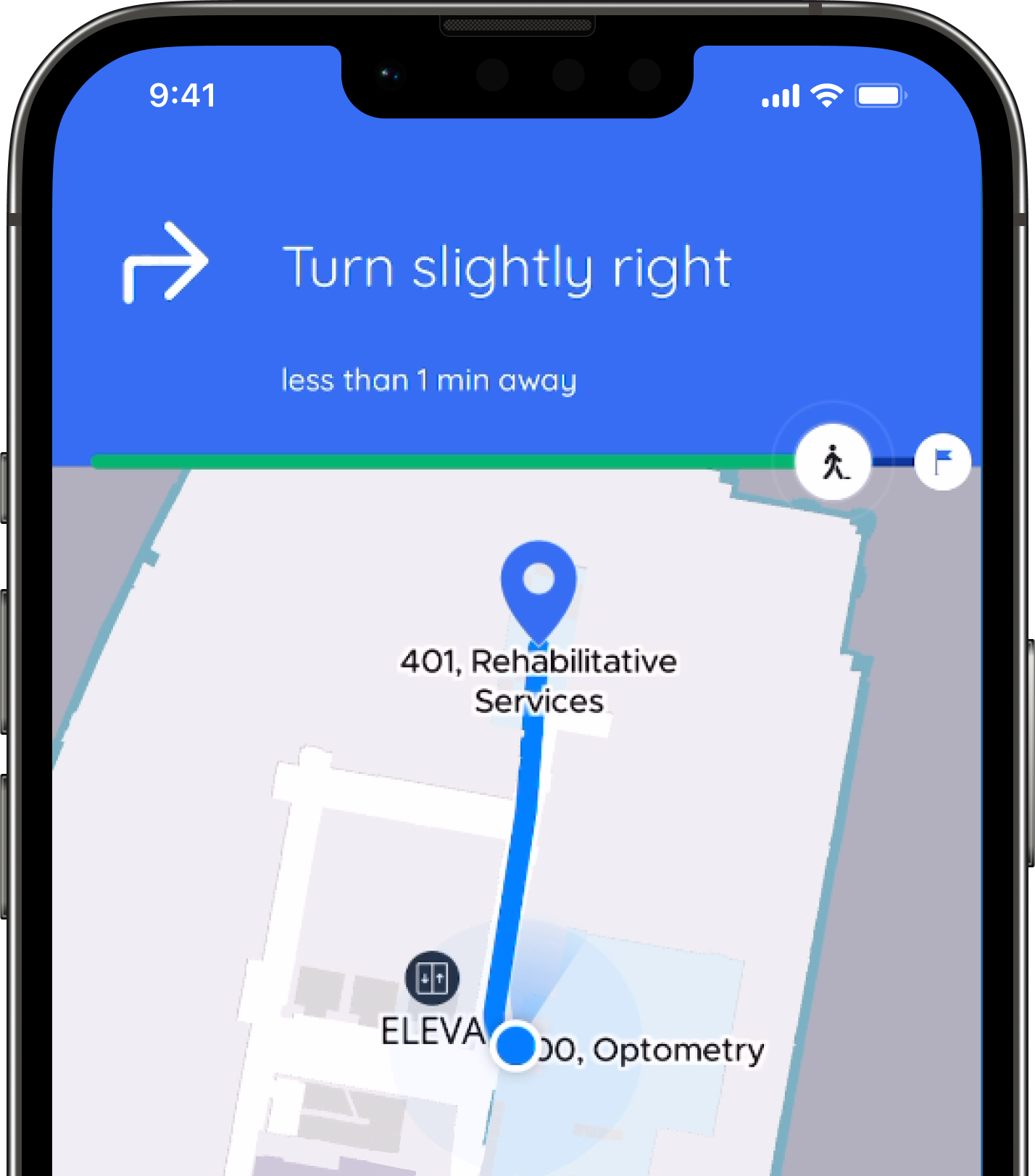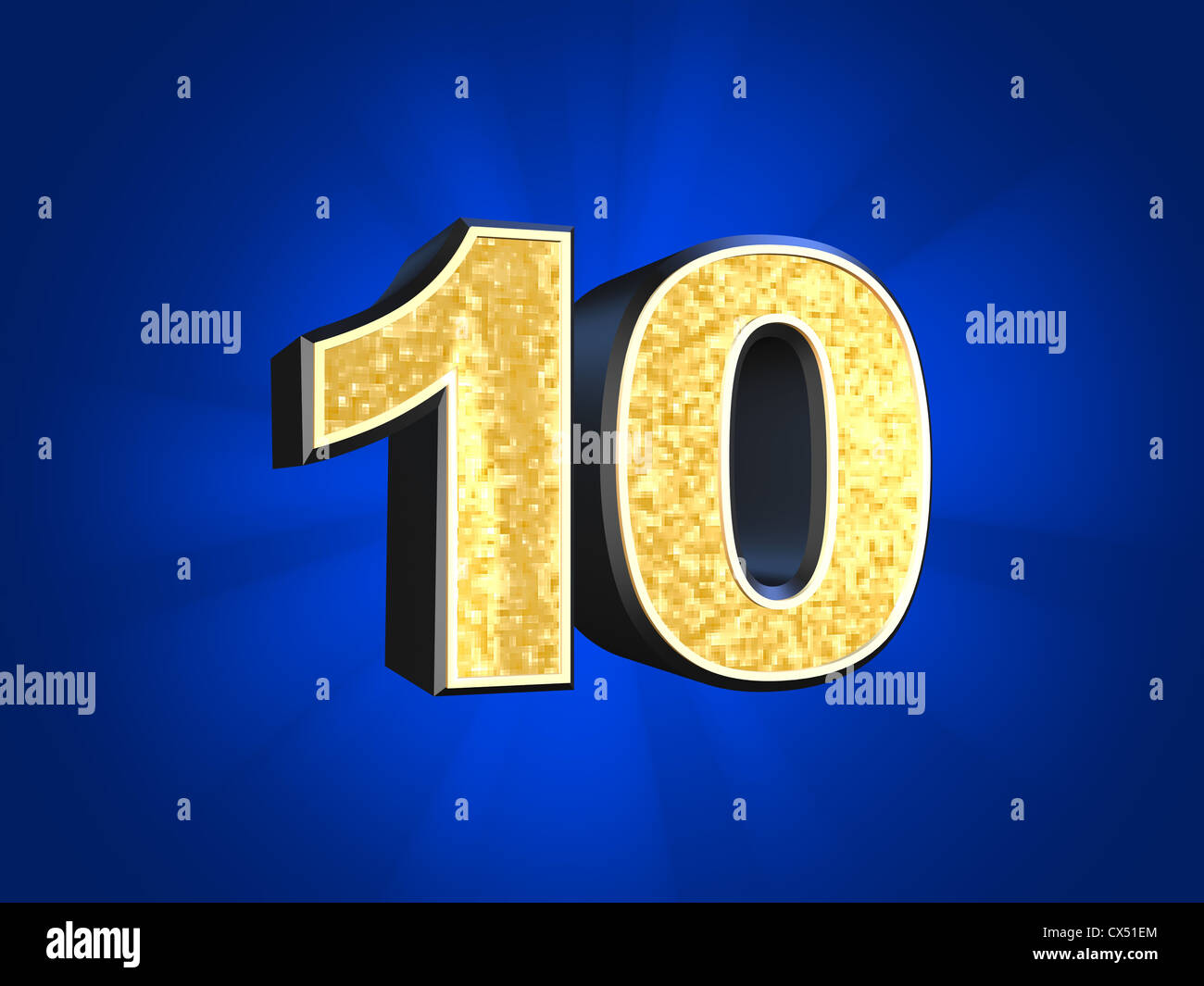The world of records is a fascinating one, filled with a wide range of genres, formats, and collecting opportunities. For those looking to dive in, understanding how records work and getting started can seem daunting, but with the right guidance, anyone can become a record enthusiast. In this comprehensive overview, we’ll explore the basics of records, their history, and provide a step-by-step guide on how to get started with collecting and enjoying vinyl.
Introduction to Records
Records, or vinyl records, are a type of analog music storage where sound is encoded in the form of physical grooves on a rotating disc. The playback mechanism involves a needle, or stylus, tracing these grooves, which causes a vibration that is then converted into sound waves by a speaker. This process, though seemingly simple, requires precision and quality in both the record itself and the playback equipment to produce high-fidelity sound.
History of Records
The concept of records dates back to the late 19th century, with Emile Berliner’s gramophone records being one of the earliest forms. However, it was the development of the vinyl record in the mid-20th century that brought about the Golden Age of vinyl. Vinyl records offered better sound quality, were more durable, and became the standard for music distribution for decades. With the advent of compact discs (CDs) and digital music, vinyl records experienced a significant decline but have seen a remarkable resurgence in popularity in recent years, with many music fans and collectors appreciating the tactile and auditory experience vinyl provides.
How Records Work
The process of playing a record involves several key components: - The Record Player: Also known as a turntable, this is the device that spins the record at a constant speed (usually 33 1⁄3 or 45 revolutions per minute) and holds the tonearm. - The Tonearm: A mechanical arm that tracks the grooves on the record, suspending the cartridge (which contains the stylus) above the record surface. - The Cartridge and Stylus: The cartridge converts the vibrations from the stylus into electrical signals. The stylus is the needle-like component that traces the record grooves. - The Amplifier and Speaker: These components take the electrical signal from the cartridge, amplify it, and then convert it into sound waves that we can hear.
Getting Started with Records
For those looking to start their vinyl journey, here are a few steps to follow: 1. Invest in a Record Player: Your first major purchase will be a record player. Prices can vary significantly depending on quality and features, but for beginners, a modestly priced, fully automatic turntable is a good starting point. 2. Choose Your First Records: Start with albums you know and love, or explore genres and artists you’ve always wanted to listen to. Consider the condition and rarity of the record, especially if you’re purchasing second-hand. 3. Set Up Your Record Player: Follow the manufacturer’s instructions for assembly and setup. Ensure the turntable is level and the tracking force of the tonearm is set correctly to avoid damaging your records or the stylus. 4. Learn to Handle Records Properly: Always handle records by the edges to prevent fingerprint marks, and store them upright in a cool, dry place to maintain their condition. 5. Explore and Enjoy: The world of vinyl is vast and varied. Experiment with different genres, attend record fairs, and join online forums or local vinyl clubs to connect with other enthusiasts.
Maintenance and Care
To ensure your records and record player continue to provide the best listening experience, regular maintenance is key: - Clean Your Records: Use a record cleaner and a soft, dry cloth to remove dust and debris. Avoid touching the record surface. - Check and Replace the Stylus: The stylus has a limited lifespan and needs to be replaced periodically to prevent record wear and maintain sound quality. - Update Your Phono Cartridge: As you become more discerning, consider upgrading your phono cartridge for improved sound quality.
Conclusion
Embarking on the journey of vinyl record collecting and appreciation can be a deeply rewarding hobby, offering a unique connection to music and a sense of community with fellow enthusiasts. By understanding the basics of how records work and taking the first steps to set up your listening environment, you’re not just acquiring a new hobby, but also opening yourself up to a world of musical exploration and enjoyment. Whether you’re drawn to the nostalgia of vinyl, the tactile experience of holding an album, or the rich, warm sound it provides, records have something to offer every music lover.
FAQ Section
What is the best way to clean vinyl records?
+The best way to clean vinyl records is to use a record cleaning solution and a microfiber cloth, gently wiping the record in a circular motion from the outer edge towards the center. Avoid using household cleaners or touching the record surface to prevent damage.
How often should I replace my stylus?
+The lifespan of a stylus can vary significantly depending on usage, but as a general rule, it should be replaced every 500 to 1,000 hours of playtime. Regularly cleaning the stylus and checking for wear can help extend its lifespan.
What are the advantages of vinyl records over digital music?
+Vinyl records offer a unique listening experience with a warm, rich sound quality. They also provide a tangible connection to the music, with large cover art and the ability to hold the album in your hands. Additionally, vinyl collectors often appreciate the thrill of the hunt for rare records and the sense of community among fellow enthusiasts.



